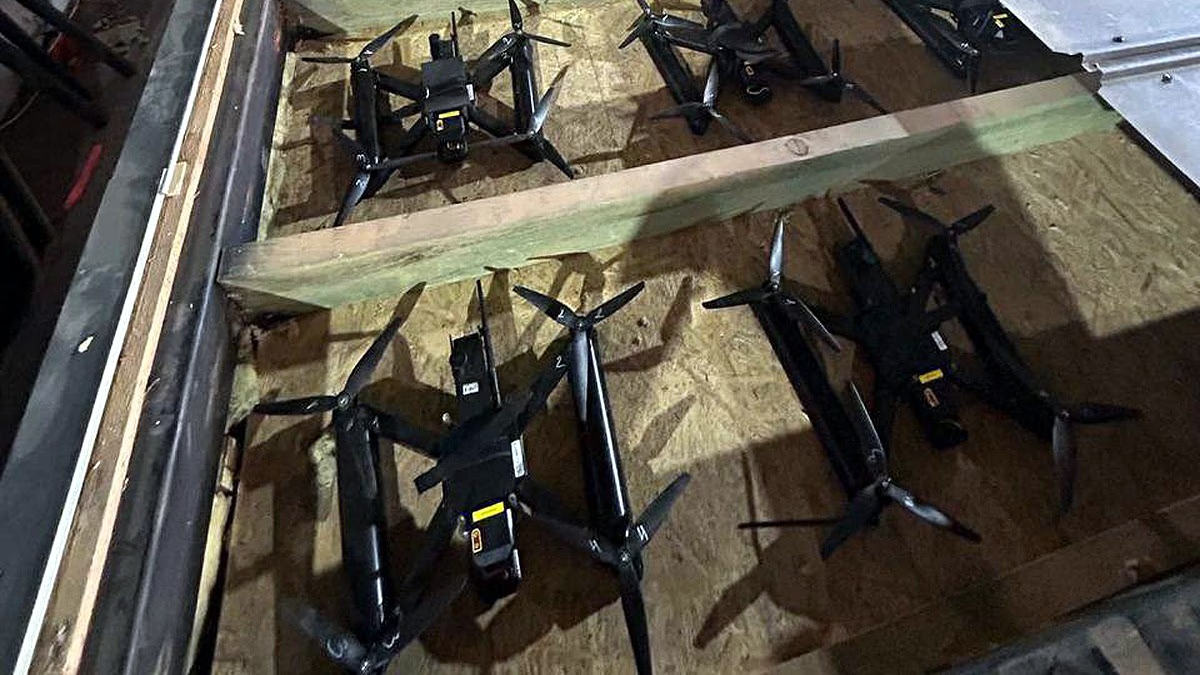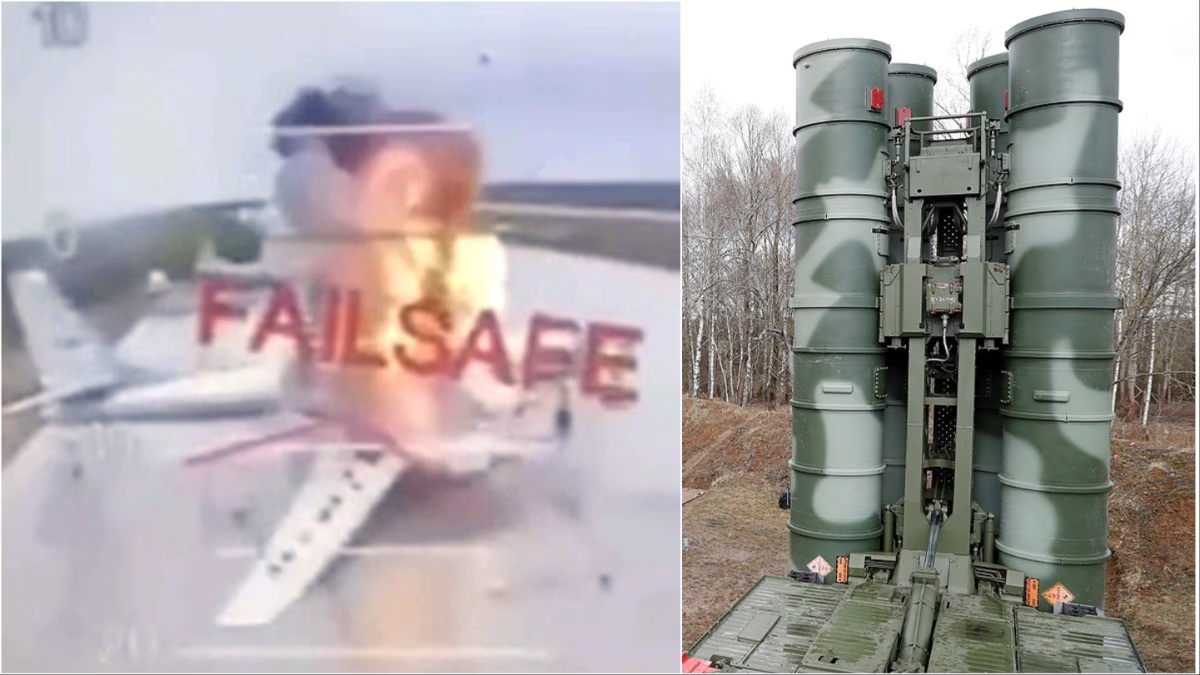The ongoing three-year conflict between Russia and Ukraine took a surprising turn on Sunday. Ukraine initiated 'Operation Spider Web,' strategically targeting Russian military bases, decimating bomber jets with concealed drones launched from trucks. The Ukrainian Intelligence Agency SBU orchestrated this daring attack.
This incident evokes memories of a dark chapter in history, akin to the 1941 Japanese Pearl Harbor strike on America—a surprise aerial assault that brought unparalleled devastation. Let us delve into the details of this iconic attack, an enduring symbol remembered even after 80 years.
Understanding Pearl Harbor Attack...
On the morning of December 7, 1941, everything seemed normal at the US Naval base in Pearl Harbor, Hawaii. With dawn's first light shimmering over the ocean, soldiers were either engaged in daily duties or at rest. At precisely 7:48 AM, disaster struck from the skies.
Storming into Pearl Harbor, 177 fighter planes from Japan's Imperial Navy launched a surprise attack. The assault came with no forewarning. Dividing into two groups, some bombarded airstrips and idle aircraft, while others targeted colossal warships with torpedoes and bombs.
Within the initial five minutes, four American battleships took severe hits. USS Oklahoma and USS Arizona were the first to succumb. Moments later, a direct bomb strike on the ammunition-laden Arizona caused a fiery explosion, sinking her swiftly, resulting in the death of 1,177 sailors.

Source: aajtak
Approximately an hour later, 163 more Japanese aircraft joined the second wave of attack. This precision strike was equally lethal. Over a mere span of two hours, 21 American ships were sunk or critically damaged, 188 military aircraft were obliterated, and 2,403 American service members and officers perished.
Amidst this destruction, extraordinary bravery emerged. Doris ‘Dorie’ Miller, stationed as a "Messman Third Class" on the USS West Virginia, exemplified this courage. Responding to torpedo strikes, he promptly aided the wounded captain and manned a 50 caliber anti-aircraft machine gun, a weapon he had never used before, firing at enemy aircraft until the ammunition ran out. For his remarkable bravery, he received the Navy Cross the following year.

Source: aajtak
Pilots in Tuxedos Soaring Bravely
Elsewhere, some American pilots attempted to take off amidst the chaos. Second Lieutenants Kenneth M. Taylor and George Welch woke to the mayhem after a Christmas party. Not wasting a moment, they reached their fighter planes in tuxedos, shooting down seven Japanese planes. Their gallantry earned them the Distinguished Service Cross.
The Dawn of World War II
Until this point, the United States had not actively participated in World War II, primarily supporting Allies through the Lend-Lease Agreement. The Pearl Harbor attack, however, shifted America’s stance instantly. On December 8, 1941, President Franklin D. Roosevelt declared war against Japan before the US Congress.
This strike unified and awakened American military power, prompting full engagement in World War II. The day is commemorated annually as "Pearl Harbor Remembrance Day." Situated at the sunken ship’s location, the USS Arizona Memorial stands as a testament to those lost. To this day, oil droplets escape the submerged vessel, poignantly referred to as “Black Tears of the Arizona.”

Source: aajtak
Will Russia Resort to Nuclear Attack?
During the four-year-long conflict, Russia has threatened the use of nuclear weapons at least once. The substantial attack on June posits a significant challenge as it targeted Russia's strategic bombers, indicating Russia now has fewer aircraft capable of launching nuclear weapons during warfare. Russian officials have vowed retaliation for Ukraine's June assaults, launching over 400 drones at Ukraine shortly after these events. Russia might repeat actions akin to past strategies, deploying invincible weaponry like Oresikonic and Hypersonic Armed Missiles.




